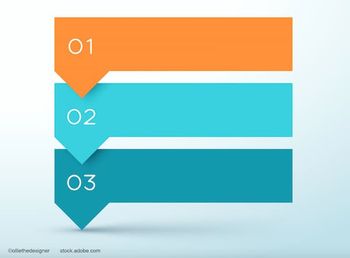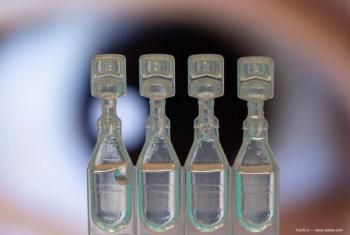
Instrument provides accurate IOP after refractive surgery
Refractive surgeons can easily obtain accurate IOP measurements following keratorefractive surgery with a non-contact, dynamic bi-directional applanation system (Ocular Response Analyzer [ORA], Reichert Inc.). The device also has been used to measure corneal biomechanical properties in potential refractive surgery candidates as well as after refractive surgery.
Key Points
Dr. Kirwan, fellow in refractive surgery, Mater Private Hospital, Dublin, Ireland, presented the results of two studies evaluating the use of the dynamic applanation system (Ocular Response Analyzer [ORA], Reichert Inc.) for measuring IOP after LASIK and LASEK and corneal hysteresis before and after these procedures.
The dynamic applanation system provides the clinician with two IOP measurements: the ORA IOPg, the Goldmann-correlated value that is dependent on corneal thickness, and the ORA IOPcc, the corneal-compensated IOP that is independent of corneal thickness. During one measurement, the system displays these two instantaneous IOP measurements (IOPg and IOPcc).
In the first study, Dr. Kirwan and her colleague, Michael O'Keefe, MD, also of Mater Private Hospital, wanted to determine if the Goldmann applanation tonometry IOP (GAT IOP) correlated with the ORA IOPg value following LASIK and LASEK. They also wanted to compare the ORA IOPg with the ORA IOPcc following these procedures. In addition, the study was designed to evaluate any correlation of postoperative reduction in GAT IOP with tissue ablation depth, pre- and postop corneal hysteresis, and postop decrease in mean corneal power (K value).
Sixty-seven myopic patients (22 male and 45 female) underwent either LASIK (n = 90 eyes) or LASEK (n = 35 eyes) with the Technolas 217Z excimer laser (Bausch & Lomb) in one or both eyes. A 120-µm flap was cut using the Hansatome XP microkeratome (Bausch & Lomb) for the LASIK group and intraoperative pachymetry was performed.
Preoperatively, each patient had a full eye examination and underwent corneal topography with the Orbscan (Bausch & Lomb), GAT, and corneal hysteresis. At 3 months postoperatively, they underwent GAT, ORA IOPg and ORA IOPcc, and corneal hysteresis measurements.
Newsletter
Don’t miss out—get Ophthalmology Times updates on the latest clinical advancements and expert interviews, straight to your inbox.














































.png)


